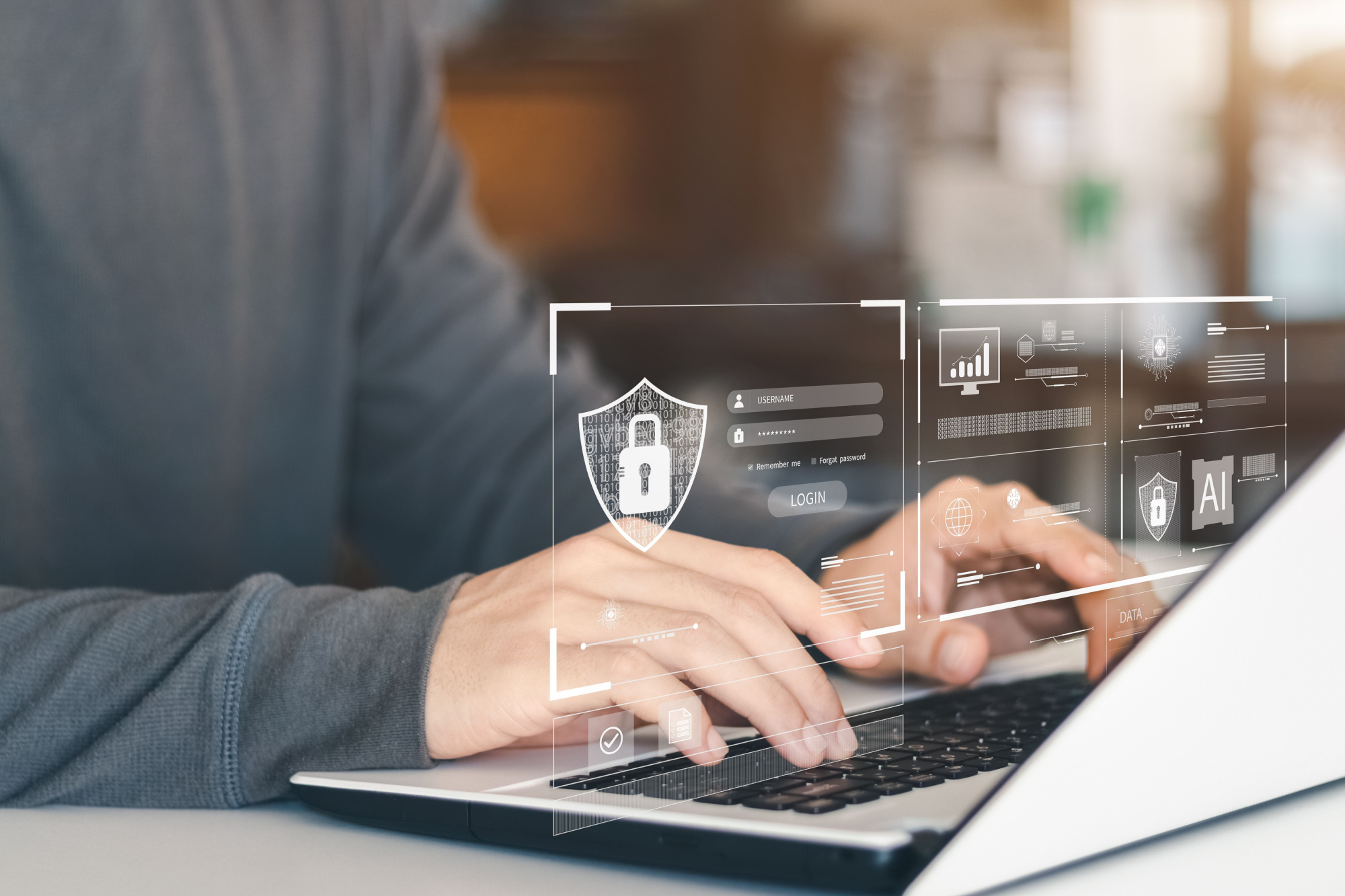
Employee training can strengthen your defense against digital threats
A successful cybersecurity training program plays a crucial role in ensuring the overall safety and security of a workplace. To protect data and prevent breaches, organizations need to prioritize training and educating employees about cyber threats and attacks. However, many organizations don’t invest in training as they should, putting their information at risk, and creating a larger expense in the long run.
A good cybersecurity training program helps employees understand different cyber threats they may face at work. This includes phishing attempts, malware infections, social engineering attacks, and other techniques. Training allows employees to identify and respond appropriately to suspicious activities, reducing the likelihood of successful attacks.
Coaching employees on their role in cybersecurity: A critical responsibility
Cyberthreats are a significant and ever-present danger, and each employee plays a crucial role in protecting the organization from these risks. As organizations increasingly rely on technology for operations, it’s essential for all employees to understand the role they play in maintaining cybersecurity. Below, you’ll find tips on how to coach employees to actively protect sensitive information, reduce vulnerabilities, and avoid common cyber threats.
The threat is real and serious
Cybercriminals are constantly devising new ways to access sensitive company information. When a cybersecurity breach occurs, it can have catastrophic consequences. Sensitive data—such as trade secrets, customer lists, and personnel files—can be exposed, which could lead to financial loss, legal consequences, and reputational damage.
Cybercriminals can target various access points to breach security, including:
- Company servers
- Employer-provided laptops and mobile devices
- Employees’ personal devices used for work
- Lost or stolen devices
Additionally, breaches involving the unauthorized disclosure of sensitive information, such as medical data, can expose the company to legal liability. Cybersecurity incidents can also result in negative publicity, damaging the company’s reputation and trust with customers.
Know the facts and understand why training is important
According to Hiscox Cyber Readiness Report 2023, the median spend on cyber security rose 39%. Both external sources and internal threats could be ways that your company can fall victim. The infographic below highlights key cybersecurity facts, survey results, and reminders about the importance of training.
Cybersecurity is everyone’s job
It’s easy to assume that cybersecurity is the sole responsibility of the IT department, but this is a misconception. While IT professionals are tasked with setting up firewalls, security software, and other technological safeguards, a significant number of breaches occur due to human error. Even the best security protocols cannot protect an organization from actions like clicking on a malicious link or sharing login credentials.
For this reason, employees must understand their role in preventing cyberattacks. Every employee, from top executives to entry-level staff, must be trained to recognize and mitigate potential cyber risks. This shared responsibility ensures that cybersecurity is a part of the company’s culture, rather than just an isolated task handled by the IT team.
Understanding common cyberthreats
There are various ways that cybercriminals attempt to access sensitive data, and many of these attacks are specifically designed to exploit human vulnerabilities. Here are a few key threats that employees should be aware of:
- Traditional hacking: In these attacks, cybercriminals use sophisticated coding and other technical methods to gain access to company systems.
- Social engineering: Many cybercriminals today prefer to use human manipulation to bypass IT controls. Social engineering involves tricking employees into disclosing sensitive information or performing actions that allow unauthorized access. This could involve:
- Phishing attacks, where attackers pose as a trusted source (like an executive or vendor) to trick an employee into clicking a malicious link or revealing passwords.
- Spear phishing, which is more targeted, often involves personalized emails designed to appear legitimate.
In these cases, the cybercriminal relies on the employee’s error, rather than flaws in the system’s technology, to access confidential data.
Coaching employees on their role in cybersecurity
Employees can take practical steps to prevent cyberattacks and minimize the damage of any breaches. Here’s how to coach employees on safeguarding sensitive information:
1. Use strong passwords
Passwords should be complex, incorporating a mix of numbers, uppercase and lowercase letters, and symbols. Encourage employees to avoid using easily guessable information, such as birthdays or anniversaries. Each account and device should have a unique password, and passwords should be changed regularly.
2. Be cautious with links and attachments
Advise employees to avoid clicking on links in unsolicited emails or opening email attachments from unknown senders. If the email is from a known source but seems suspicious, instruct employees to hover over the link to ensure the URL matches the claimed source.
3. Verify requests for sensitive information
Employees should always confirm any requests for sensitive information before complying. If an email asks for passwords or other confidential details, they should verify the request by calling the person or confirming the authenticity in person. This is especially critical if the request comes from someone who would not typically ask for such details.
4. Avoid installing unapproved software
Employees should always check with IT before installing new software or connecting personal devices to the company network. Unapproved apps and devices can introduce vulnerabilities that cybercriminals could exploit.
5. Protect devices when traveling
Employees should be extra vigilant when traveling for business. They should never leave laptops or mobile devices unattended in public spaces, and devices should be kept out of sight when not in use. If devices are lost or stolen, the breach should be reported immediately.
Reporting cybersecurity breaches
Coaching employees on the importance of reporting cybersecurity incidents is essential. If an employee suspects that a breach has occurred, they should report it to the appropriate authorities right away. This includes reporting:
- The loss or theft of devices that contain sensitive data
- Any suspicious activities, such as unusual system behavior or unauthorized access attempts
Employees should feel comfortable reporting incidents, even if they were at fault. Ensuring they understand that they will not face discipline for inadvertent mistakes helps create an open environment for reporting breaches. However, employees should also be aware that malicious actions or repeated negligence may result in disciplinary actions.
Discussion tips for employee training
- To drive home the importance of cybersecurity, HR trainers can incorporate discussion prompts and real-world examples into their training sessions:
- Ask employees why it is critical for all staff members to be involved in cybersecurity.
- Share recent news about cybersecurity breaches and their consequences, emphasizing how they affected companies and their employees.
Bottom line
Coaching employees on their role in cybersecurity is about fostering a mindset where cybersecurity becomes a part of the company culture. By providing remote and hybrid employees with the knowledge and tools they need to protect sensitive information, organizations can significantly reduce the risk of cyberattacks. Every employee, regardless of their job function, plays a vital role in keeping the organization secure and safeguarding its most valuable assets.



